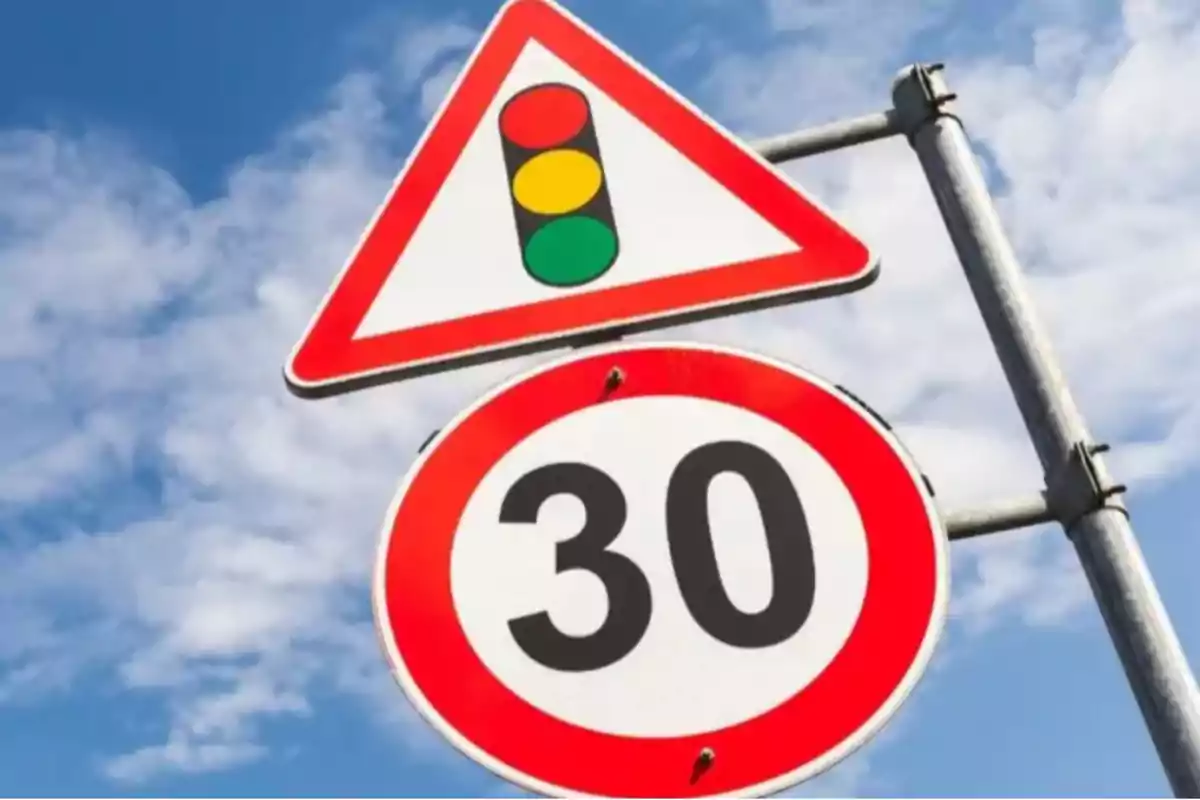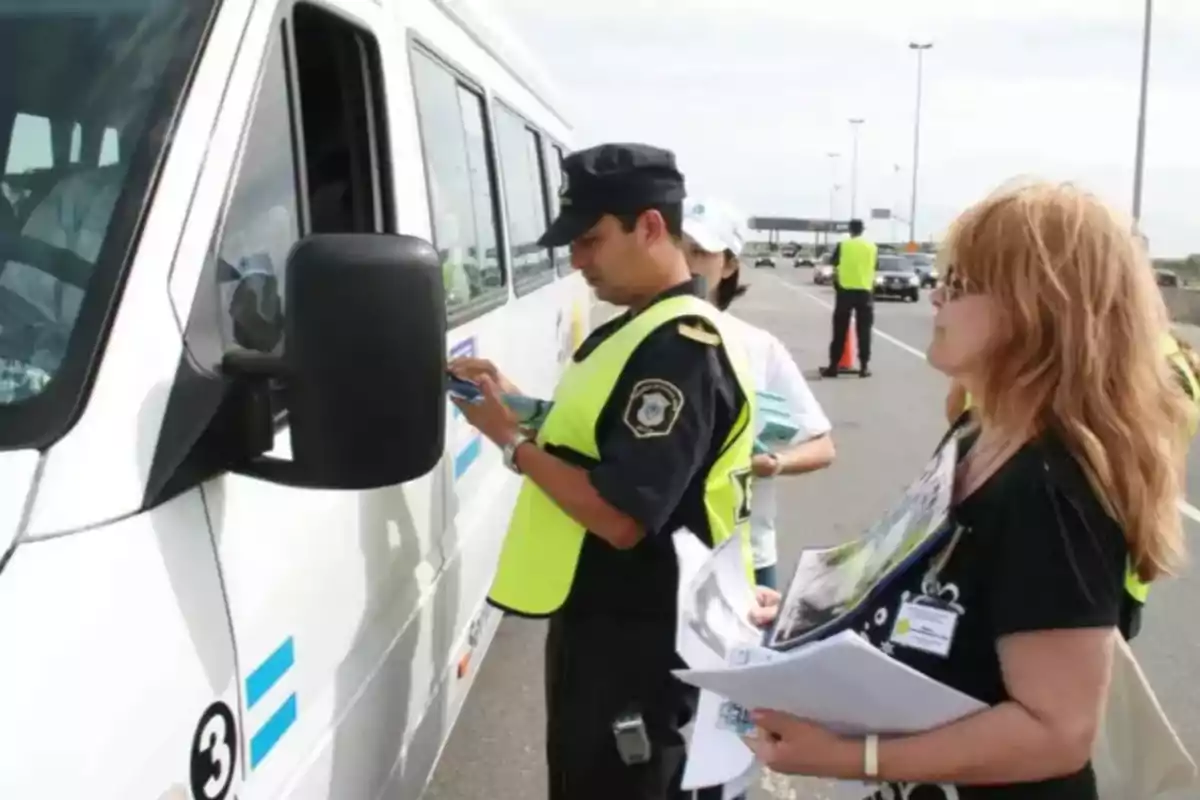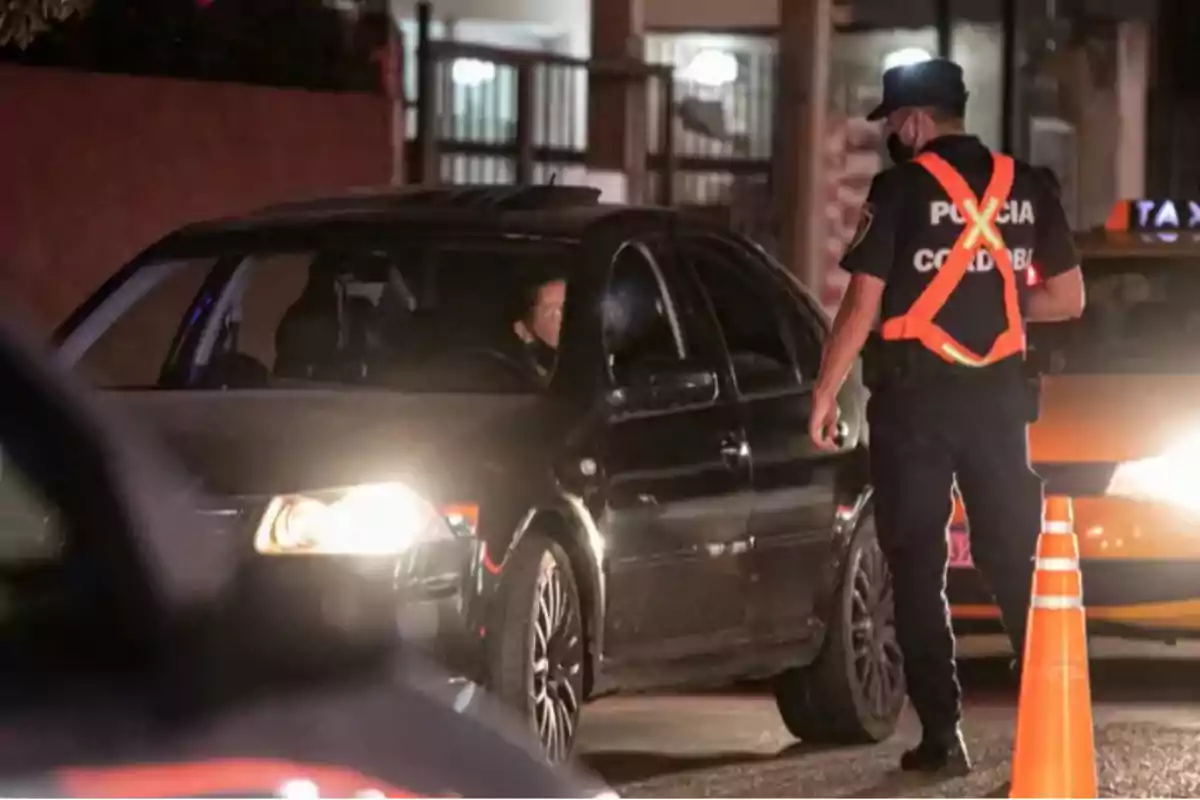
Traffic fines: how long can they be collected in each jurisdiction?
Each province and city can modify the statute of limitations. All the changes
In Argentina, National Traffic Law No. 24.449 establishes the general principles for the regulation of traffic, but each province and municipality has the authority to adapt the regulations to their needs.
This includes the statute of limitations for traffic violations, which vary according to the jurisdiction.
Statute of limitations according to national law
Article 89 of the national law establishes that:
- Minor offenses: expire in two years.
- Serious offenses: expire in five years.
The province of Buenos Aires follows these guidelines, so in 2025, serious offenses committed in 2020 within Buenos Aires territory will expire.

Differences by jurisdiction
Each province and city can modify the statute of limitations. Some of the most notable differences are:
- City of Buenos Aires: all offenses, without distinction between minor and serious, expire in five years (Law 451).
- Neuquén: adopts the same criteria as the City of Buenos Aires but reduces the term to three years.
- Mendoza: establishes differentiated terms according to severity:
- Minor offenses: 2 years.
- Serious offenses: 3 years.
- Extremely serious offenses: 4 years (Law 9024, Article 94).
- Córdoba: all offenses expire in three years, regardless of their severity (Law 9169, Article 123).
Impact of the Zero Alcohol Law on traffic regulation
The differences in traffic regulations are also reflected in the Zero Alcohol Law. For example:
- In the City of Buenos Aires, private drivers can drive with up to 0.5 g/l of alcohol in their blood.
- In the province of Buenos Aires, on national routes and in adhering jurisdictions, any level of blood alcohol is prohibited while driving.
Modifications in road signage
The Government of Javier Milei announced a series of reforms in the Uniform Road Signage System with the aim of improving safety and standardizing criteria at the national level.

The measure, formalized in Decree 196/2025 and detailed in Annex L of Article 22 of the regulation, establishes a progressive replacement of road signs as they deteriorate or reach the end of their useful life.
The new traffic signs are divided into four categories:
- Regulatory Signs: indicate prohibitions and obligations. Signs like "No U-turn" and "Maximum Speed Limit" will be redesigned to improve visibility.
- Warning Signs: warn of dangers or adverse conditions on the road. Colors and symbols on signs like "Dangerous Curve" and "Pedestrian Crossing" will be modified to improve identification.
- Informative Signs: provide information about directions and services. Typography and contrast will be updated to facilitate reading on the move.
- Temporary Signs: used in works and temporary detours. Stricter protocols will be established regarding their placement and maintenance to avoid confusion.
All provinces and municipalities must adopt these new signs and progressively adapt the road infrastructure. Non-compliance with this regulation will be considered an offense, which will enable sanctions for jurisdictions that do not implement the changes within the stipulated deadlines.
More posts: